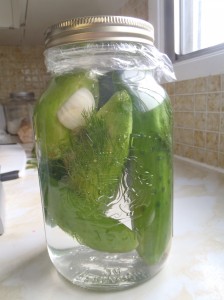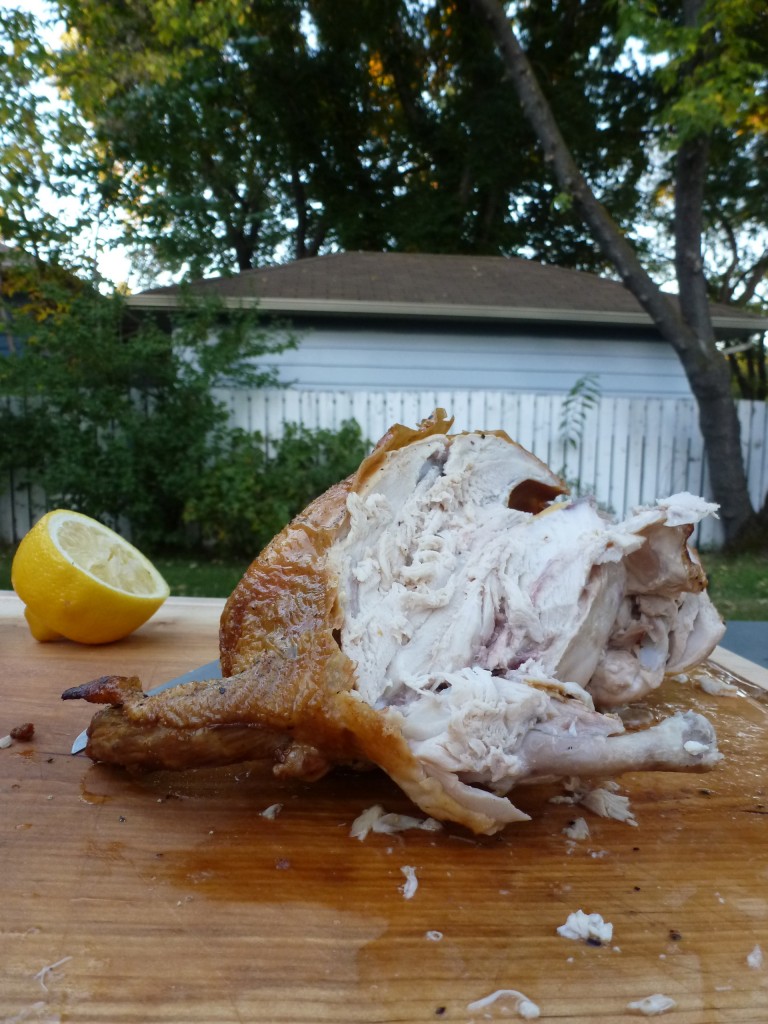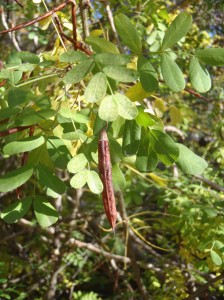 Caragana has a reputation similar to that of poplar trees, verging on “weed” status. The growth has a spiny appearance that most find unattractive. The plants sucker, and produce exploding pods that throw seeds everywhere. Plus they require lots of trimming just to stay presentable.
Caragana has a reputation similar to that of poplar trees, verging on “weed” status. The growth has a spiny appearance that most find unattractive. The plants sucker, and produce exploding pods that throw seeds everywhere. Plus they require lots of trimming just to stay presentable.
Caragana is native to places like (go figure…) Siberia, and was brought to the Canadian west in the 1880s.[1] It is extremely drought-resistant and was used extensively in farmhouse shelterbelts. I would guess that it’s the second most common hedge in Edmonton, after cotoneaster, though you are much more likely to see it in older communities like Garneau than, say, Terwilliger. It also grows wild in the Edmonton river valley.
In the early summer, … Continue reading.

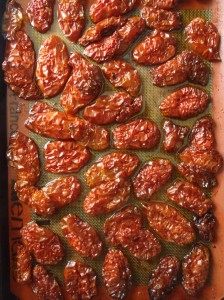

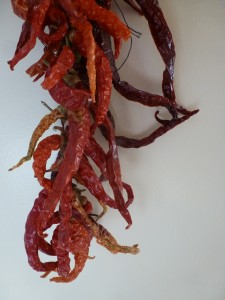 We didn’t eat spicy food when I was growing up. Not at all.
We didn’t eat spicy food when I was growing up. Not at all.